"It's nice to have someone in the boat who knows what mending is," Jamie says and I'm momentarily puzzled at the idea of anyone but a true first time angler not knowing what mending is. After learning the most basic of casting skills, mending is perhaps the first thing a trout angler learns. Most presentations made on a flowing stream don't work without a mend, making it an essential skill. But then I quickly remember that we're floating on saltwater, and push aside my bias that compels me to assume that all fly anglers begin as trout fishermen. While this may largely be true, it is certainly not entirely true and in reality there are large swaths of the fly angling community whose context and skill set vary greatly from my own.
Mending isn't a skill that is commonly brought to bear by the saltwater fly fisherman. Double hauling, casting into the wind, strip setting; these are the hallmarks of the saltwater angler. But on the rips offshore of Cape Cod this day, so was mending.
Each summer I set my sights on a day or two of plying the sun bleached flats that surround Martha's Vineyard with guide Jamie Boyle in search of striped bass. It's an experience that's entirely more evocative of chasing bonefish or permit several thousand miles south than it is of the typical imagery of striper fishing; fighting icy cold surf, slippery jetties and battering swells. On this day, however, it is not to be. An incoming storm that will batter the coast the next day with gale force winds and stinging rains has painted the sky an uninterrupted blanket of charcoal grey clouds. If the flats are holding stripers, they'll be invisible to us, and so Jamie picks me up in the big boat instead of the skiff and we head out to the rips in search of bass feeding on squid.
Offshore of the cape, we set up on a series of stepwise rips that stretch on as far as the eye can see. These rips, where the out-flowing tide transitions from shallow water to deep water, creates a strong and powerful current that draws in squid, other bait and most anything else that wanders by. Bass typically stage up where the currents spill over the shelf and gorge on the bounty they deliver. I watch the depth meter as Jamie moves through the chop that's gathered at the shelf and into the seemingly placid shallows; in just seconds the depth meter changes from 50 feet to 6.
Jamie sets the engine to hedge the current and steps to the back of the boat to demonstrate our approach. We're to heave big squid flies on heavy sinking lines and swing them through the transition zone, hoping to mimic squid fighting through the rip and entice strikes from the stripers staged up on the shelf. I nod, feeling less out of place than I often do when in the salt, and set to work.

More Like This
It's not long before we start getting into fish. Striped bass, when they're blitzing on bait, aren't particularly finicky eaters and when we start boating fish I assume that its mostly a matter of Jamie putting us in the right place at the right time. But, just as Jamie hinted would be the case, getting the swing just right and the fly into position involves tossing a big mend into the line just after the cast lays down on the water. When I fail to do so, I'm left unable to control the speed of the swing or end up presenting the fly too broadside and hookups don't come. Either that, or when they do, it's because of work Jamie's doing from the captain's chair rather than my work with rod and line.
By in large, I'm steelheading. As we move along the cape, we size up each rip much like a steelheader would each riffle or run he or she comes to as they walk along a river. We watch the current, identify the likely holding water and throw casts and toss in mends in a way that allows us to get our flies to the bottom and swinging through the feeding zone at the right speed and angle.

Jamie seems intent on reminding me how well we're being served by my having a handle on these typically freshwater skills — mending, presenting a fly on the swing and other un-salty fly stuff — and while I'm reflexively skeptical that this is more than a bit of client ego-pumping, the results seem to consistently come when these skills are leveraged properly, rather than lazily or not at all.
The usual hallmarks of saltwater angling are mostly, though not entirely, set aside for the day and my freshwater know-how is leveraged with more than a bit of enjoyment from me at the idea of translating the language of trout and steelhead waters to those of the north Atlantic. That translation boats us a bevy of bass and a few feisty bluefish before we run out the day. And it's a good one, despite the fact that buffs stay stashed, jackets are donned and we never see the sun or the flats.

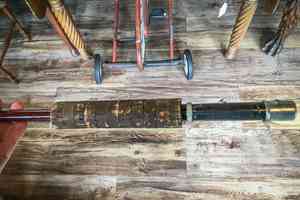
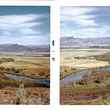

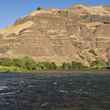
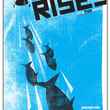




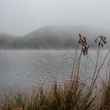




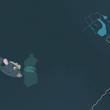








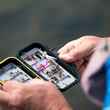

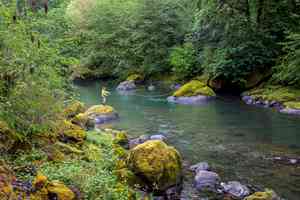

Comments